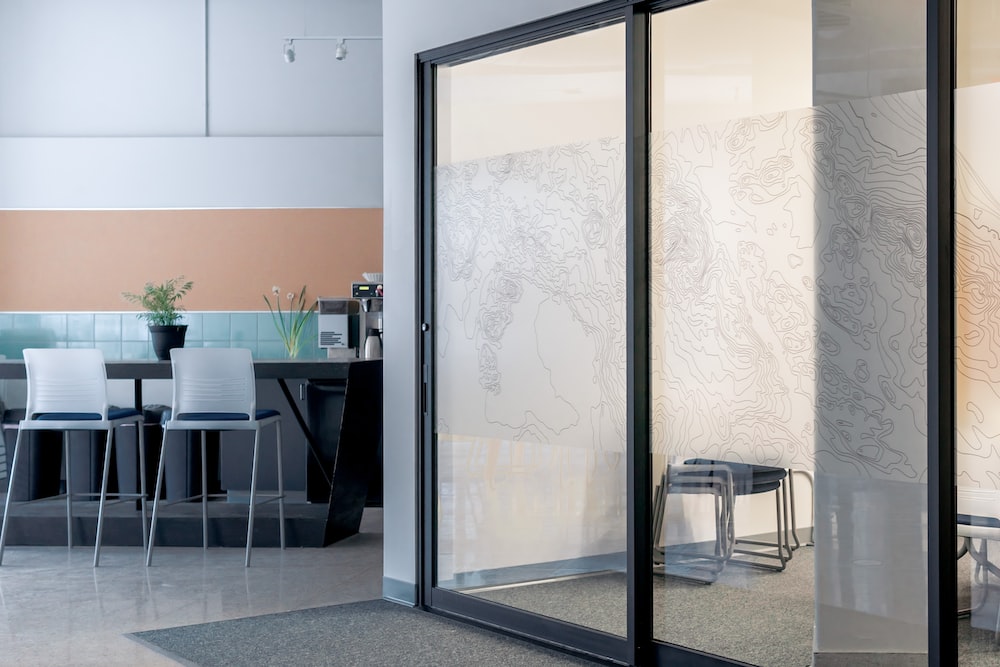Glass partitions have become a popular choice for modern office spaces due to their sleek and contemporary aesthetic. However, before installing glass partitions in your office, it is essential to consider the structural requirements and building regulations involved. By adhering to these guidelines, you can ensure the safety and functionality of your glass partitions.
When it comes to structural requirements, it is crucial to consult with a professional architect or structural engineer. They will assess the load-bearing capacity of your office walls and determine if they can support the weight of glass partitions. Additionally, they will consider factors such as wind load, seismic activity, and any other specific requirements based on your location.
Building regulations also play a significant role in the installation of glass partitions. These regulations vary depending on your jurisdiction and may include fire safety measures, accessibility requirements, and emergency exit guidelines. It is important to familiarize yourself with the applicable regulations to ensure compliance and avoid any potential legal issues in the future. Moreover, glass office partitions might require additional structural support, such as the installation of steel frames or floor-to-ceiling posts. These reinforcements not only enhance the stability of the partitions but also ensure the safety of the occupants. Therefore, it is crucial to work closely with professionals to determine the necessary structural modifications for your office space.
Table of Contents
Soundproofing and Acoustic Control Measures
One of the key considerations when installing glass partitions in an office environment is soundproofing. While glass partitions offer transparency and openness, they can also allow sound to travel easily, potentially disrupting productivity and privacy. Therefore, implementing soundproofing and acoustic control measures is essential when using glass partitions in the workplace.
There are several effective techniques to minimize noise transmission through glass partitions. One option is to use laminated or double-glazed glass, which has superior sound insulation properties compared to single-pane glass. These types of glass can significantly reduce noise levels while maintaining transparency and visual appeal.
Another approach to enhance soundproofing is the use of acoustic seals and weatherstrips. These seals are applied to the edges of glass panels and help to create a tight seal when the partitions are closed. This prevents sound leakage and improves the overall acoustic performance of the space.
Additionally, incorporating sound-absorbing materials in the office design can further enhance acoustic control. Acoustic wall panels, ceiling baffles, and carpeting can effectively absorb and reduce sound reflections, creating a more comfortable and productive work environment.
Privacy Options and Customization
While glass partitions offer an open and collaborative workspace, privacy remains a concern for many organizations. It is essential to consider privacy options and customization when installing glass partitions to address the varying needs of employees and clients.
One way to enhance privacy is by incorporating frosted or tinted glass in the partition design. Frosted glass provides a blurred effect, limiting visibility while allowing natural light to pass through. Tinted glass, on the other hand, reduces the amount of light transmitted and offers a higher level of privacy.
Privacy can also be achieved by using decorative films or patterns on the glass surface. These films can be customized to incorporate the company logo, branding, or specific designs, adding a unique touch to the office environment while maintaining privacy.
Furthermore, the placement and configuration of glass partitions can also influence privacy levels. By strategically positioning the partitions, you can create separate workspaces or meeting areas that offer the necessary privacy while still promoting collaboration and transparency.
Maintenance and Cleaning Guidelines
Proper maintenance and regular cleaning are essential for preserving the aesthetics and functionality of glass partitions. By following these guidelines, you can ensure that your glass partitions remain in optimal condition for years to come.
Firstly, it is important to use appropriate cleaning products and tools when cleaning glass partitions. Avoid abrasive cleaners or materials that can scratch or damage the glass surface. Instead, opt for mild, non-abrasive cleaners specifically designed for glass. Microfiber cloths or soft sponges are ideal for wiping the glass without leaving streaks or scratches.
Regular cleaning is recommended to prevent the buildup of dirt, fingerprints, and smudges on the glass surface. Depending on the level of usage and environmental factors, a weekly or bi-weekly cleaning routine may be sufficient. However, high-traffic areas or locations prone to dust and pollution may require more frequent cleaning.
In addition to regular cleaning, it is essential to inspect the glass partitions periodically for any signs of damage or wear. Cracks, chips, or loose fittings should be addressed promptly to prevent further deterioration. It is advisable to consult with a professional glass supplier or installer for any necessary repairs or replacements.
By following these maintenance and cleaning guidelines, you can extend the lifespan of your glass partitions and ensure that they continue to enhance the aesthetics and functionality of your office space.
Conclusion
Installing glass partitions in your office can bring numerous benefits, such as increased natural light, visual appeal, and improved collaboration. However, it is important to consider various factors before embarking on this project. By addressing the structural requirements and building regulations, implementing soundproofing measures, customizing privacy options, and following maintenance guidelines, you can ensure a successful installation of glass partitions in your office environment.
Remember to consult with professionals, such as architects, engineers, and glass suppliers, to ensure compliance with regulations and to receive expert guidance throughout the process. By carefully considering these considerations, you can create a modern and functional workspace that promotes productivity and enhances the overall work environment.
